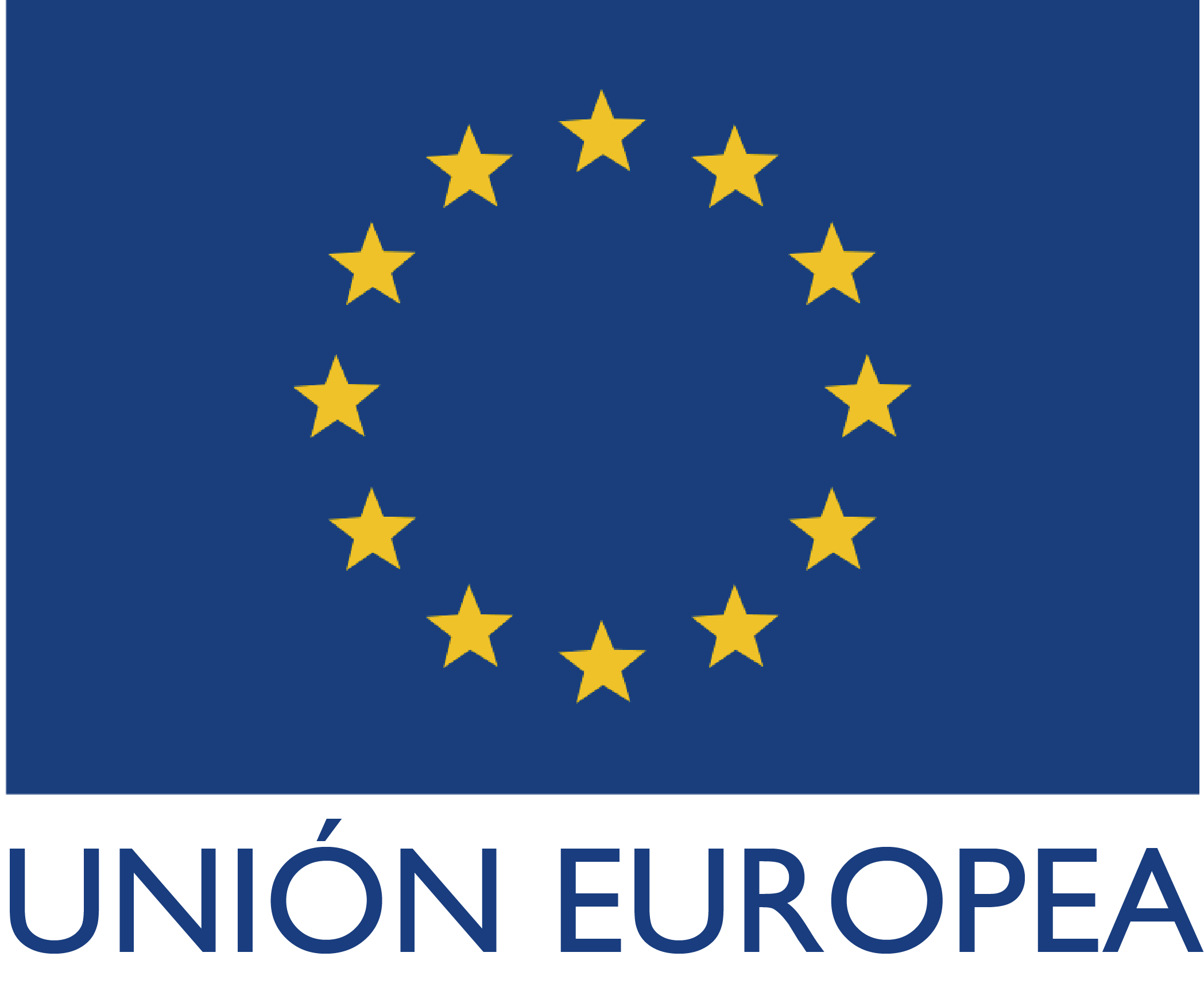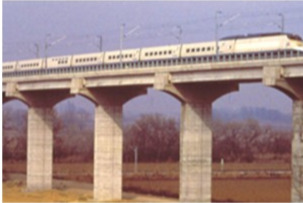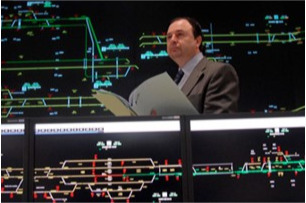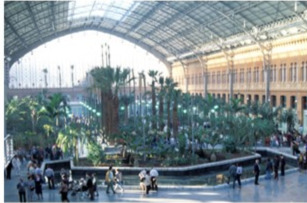Madrid-Barcelona-French Border line
Madrid, Guadalajara, Calatayud, Zaragoza, Lleida, Tarragona, Barcelona, Girona and Figueres
Madrid, Guadalajara, Calatayud, Zaragoza, Lleida, Tarragona, Barcelona, Girona and Figueres
The Madrid-Zaragoza-Barcelona-French Border High-Speed Line, 804 kilometres long, is one of the main communication corridors between Spain and Europe.
In 2008, the line connected the cities of Madrid and Barcelona. The Figueres - Perpignan section came into service in December 2010. In January 2013, the line was completed, with the commissioning of the section between Barcelona and Figueres. In the first five years of operation, from 2008 to 2013, Renfe's Madrid-Zaragoza-Barcelona services have recorded a total of 27.2 million customers. Of these, almost 16 million correspond to the connections between Catalonia and Madrid.
European Funding
Adif AV has received aid and financing for this line from the various European Union (EU) funds and programmes
"A way to make Europe"
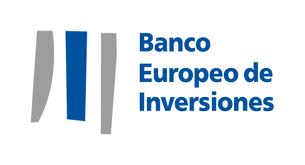
Current situation
Current situation
Advantages of the line
This high-speed line favours passenger transport between the Iberian Peninsula and the rest of Europe. It links together the provincial capitals of Catalonia via one of the most advanced transport systems on the international stage, while also connecting them with Madrid, Zaragoza, other cities Spanish and France (since December 2013), and, once the direct high-speed passenger connection between Barcelona and Paris is in operation, with the rest of Europe.
This infrastructure is cohesive across the whole country and fuels its economic growth.
It connects the two most densely populated urban areas in Spain, Madrid and Barcelona, as well as the cities of Guadalajara, Calatayud, Zaragoza, Lleida, Tarragona, Girona and Figueres, and their respective areas of influence.
The benefits extend to other cities through the connections shown below.
- Madrid with the North-Northwest corridors (Valladolid HSL), the East corridor (Valencia HSL) and the South corridor (Seville and Malaga HSL).With the inauguration of the complete line, there is now a corridor of over 1,200 km, from Figueres to Malaga, joining the northeastern and southern points of mainland Spain.
- Zaragoza with the high-speed, international gauge Zaragoza-Huesca line.
- Tarragona with the Mediterranean Corridor.
- Further, thanks to the gauge change facilities in Plasencia de Jalón, the advantages extend to La Rioja and Navarre.
Another exclusive feature of this line is the design for mixed passenger and freight traffic (between the Port of Barcelona and the connection with France). This means there is a possibility of establishing new services with arrival or departure at intermodal centres in France and other European countries.
Moreover, this modern infrastructure brings a series of benefits, including: facilitating citizen mobility by reducing journey times, offering high standards of safety, quality, comfort, reliability and environmental and socioeconomic sustainability by being fully integrated into the environment.
Safety systems
- A train protection system monitoring safe operation in line with the information received from the signal boxes and with the conditions on the line track(ERTMS/ETCS system levels 1 and 2 and ASFA)
- High-capacity, open multi-service fibre-optic telecommunications network providing support for the other systems.
- Monitoring and safety system: fallen objects detection, hot boxes, weather stations, video surveillance, intruder detection, etc.
- Central Regulation System aimed at optimising global line operation.

